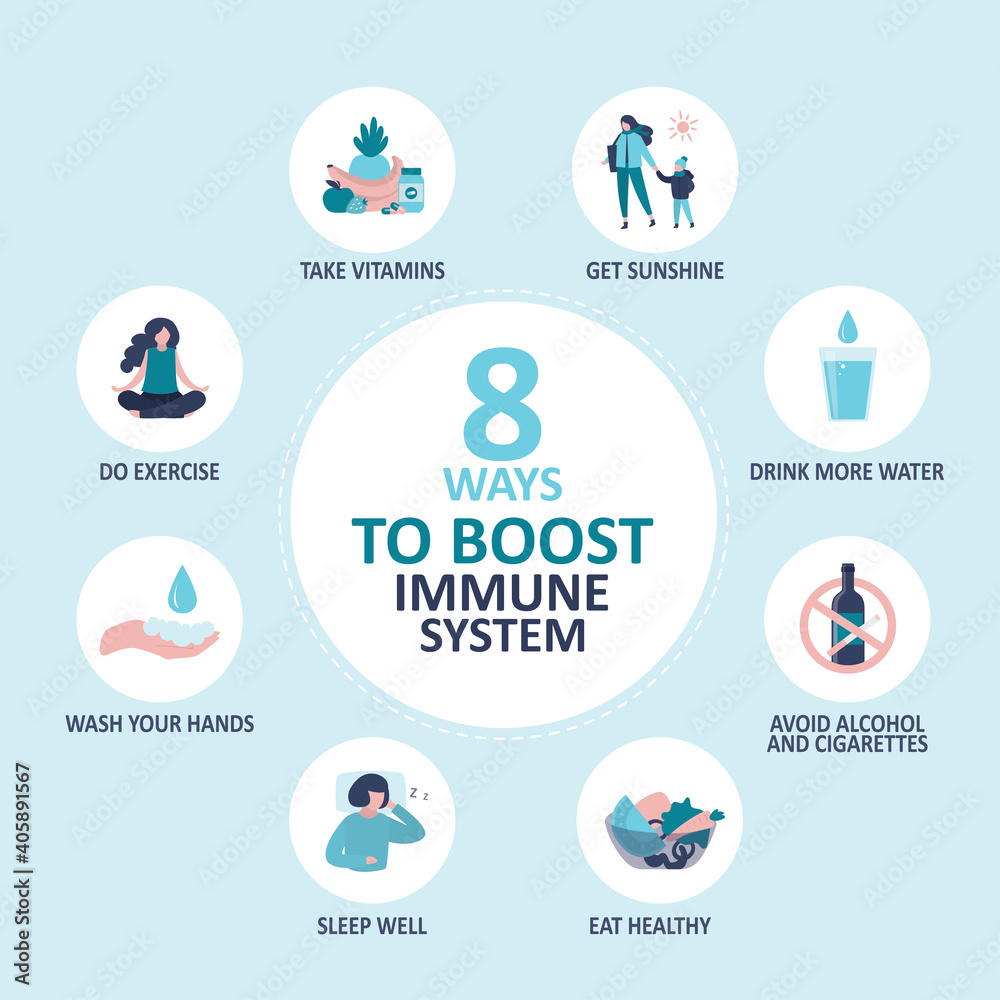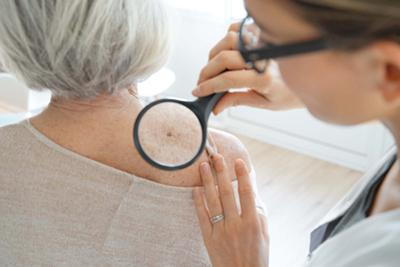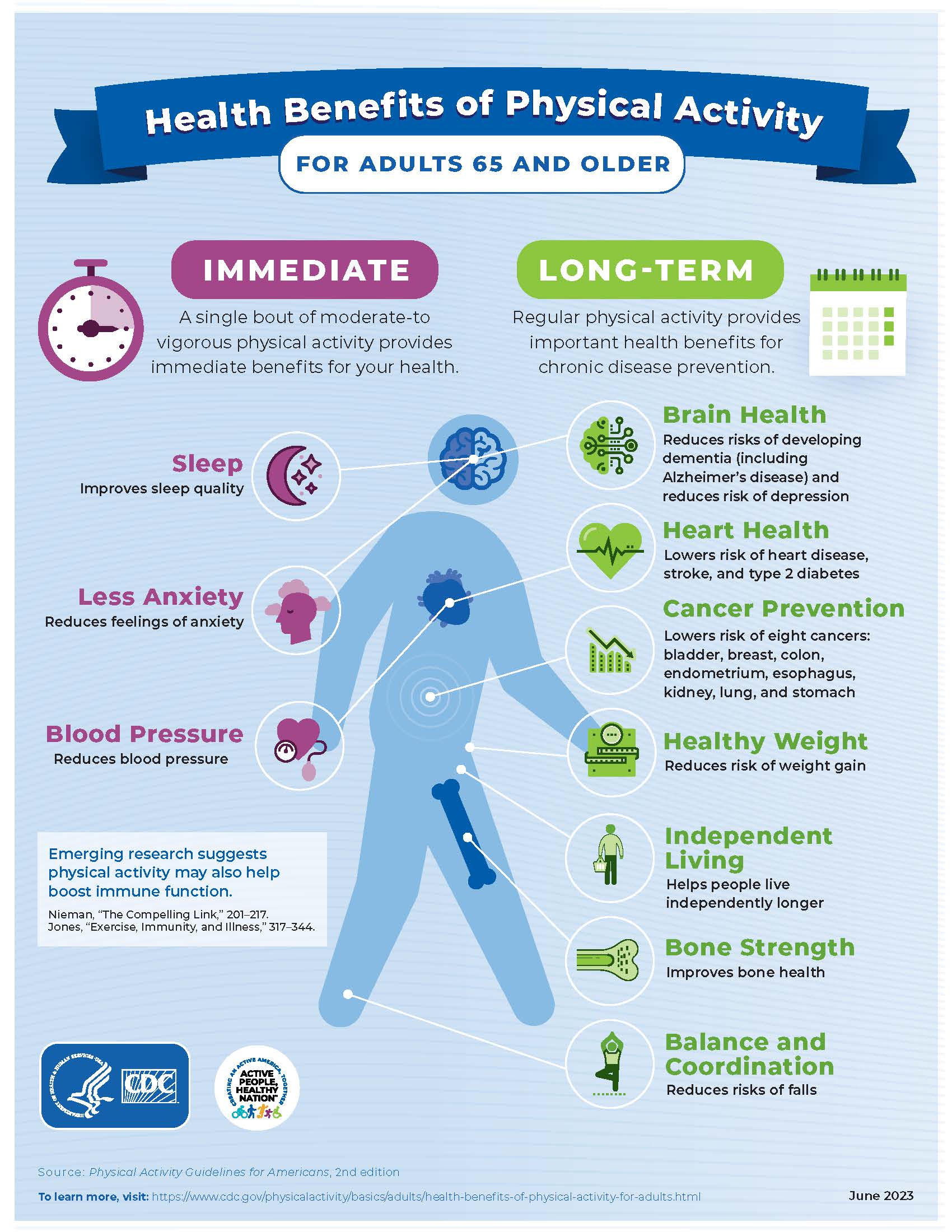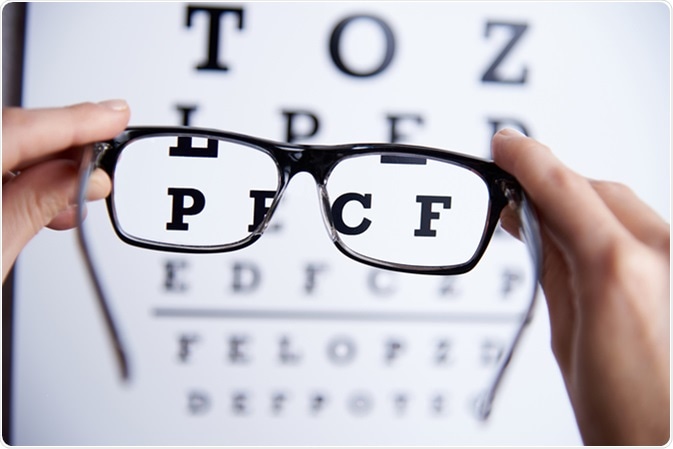Lymphatic Harmony: Essential Tips for a Healthy System
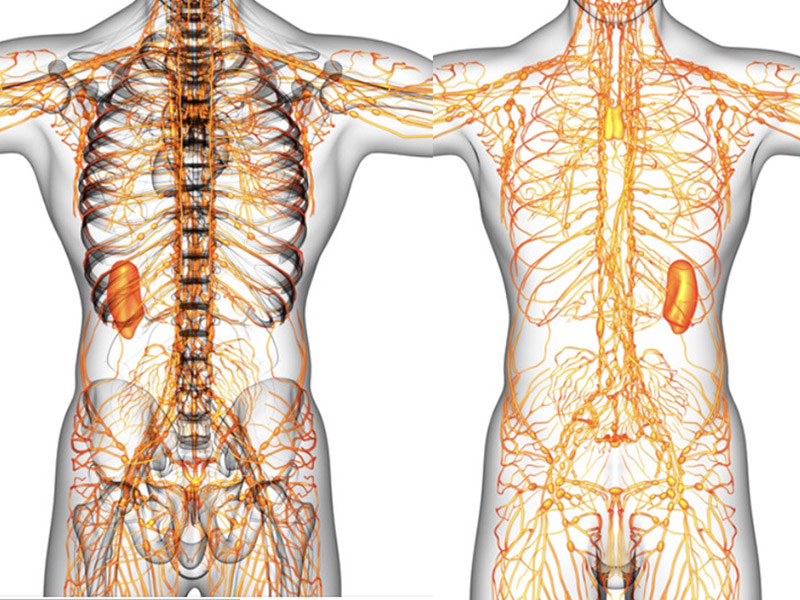
Lymphatic Harmony: Essential Tips for a Healthy System
The lymphatic system plays a crucial role in maintaining overall health, supporting immune function, and facilitating fluid balance. Explore valuable tips for preserving the health of your lymphatic system and promoting well-being from within.
Understanding the Lymphatic System and Its Functions
The lymphatic system is a network of vessels, nodes, and organs that transports lymph throughout the body. Lymph is a clear fluid containing white blood cells, which help fight infections. Understanding the functions of the lymphatic system is the first step in appreciating its significance for overall health.
Stimulating Lymphatic Flow Through Physical Activity
Physical activity is a powerful way to stimulate lymphatic flow. Engaging in regular exercise, whether through brisk walking, swimming, or yoga, enhances circulation and encourages the movement of lymphatic fluid. This promotes the efficient removal of waste products and supports immune function.
Practicing Deep Breathing Exercises for Lymphatic Drainage
Deep breathing exercises not only promote relaxation but also aid in lymphatic drainage. Diaphragmatic breathing, also known as belly breathing, helps create a pressure gradient that facilitates the movement of lymphatic fluid. Incorporating deep breathing into your daily routine contributes to a healthy lymphatic system.
Hydrating Adequately to Support Lymphatic Function
Proper hydration is essential for maintaining a healthy lymphatic system. Water plays a key role in transporting nutrients, eliminating waste, and supporting lymphatic fluid balance. Ensure you stay adequately hydrated throughout the day to optimize the efficiency of your lymphatic system.
Consuming a Nutrient-Rich Diet for Lymphatic Health
Nutrient-rich foods provide essential vitamins and minerals that support lymphatic health. Include a variety of fruits, vegetables, lean proteins, and whole grains in your diet. Antioxidant-rich foods, such as berries and leafy greens, help combat oxidative stress and contribute to a well-functioning lymphatic system.
Avoiding Tight Clothing and Promoting Circulation
Wearing tight clothing, especially around areas with a high concentration of lymph nodes, can impede lymphatic flow. Opt for loose-fitting attire that promotes circulation and allows for the free movement of lymphatic fluid. This simple adjustment can have a positive impact on your lymphatic system.
Engaging in Dry Brushing for Skin Stimulation
Dry brushing involves using a natural bristle brush to gently massage the skin. This practice stimulates the lymphatic system by promoting blood circulation and assisting in the removal of dead skin cells. Incorporate dry brushing into your skincare routine to enhance lymphatic function.
Practicing Good Hygiene to Prevent Infections
Maintaining good hygiene is essential for preventing infections that can affect the lymphatic system. Regular handwashing, proper wound care, and avoiding contact with pathogens contribute to overall health and reduce the risk of infections that may impact lymphatic function.
Considering Manual Lymphatic Drainage Therapy
Manual Lymphatic Drainage (MLD) therapy is a specialized massage technique designed to stimulate lymphatic flow. This gentle and rhythmic massage can be performed by trained therapists and is believed to support the body’s natural detoxification processes by enhancing lymphatic circulation.
Prioritizing Stress Management for Overall Well-Being
Chronic stress can negatively impact the lymphatic system.






